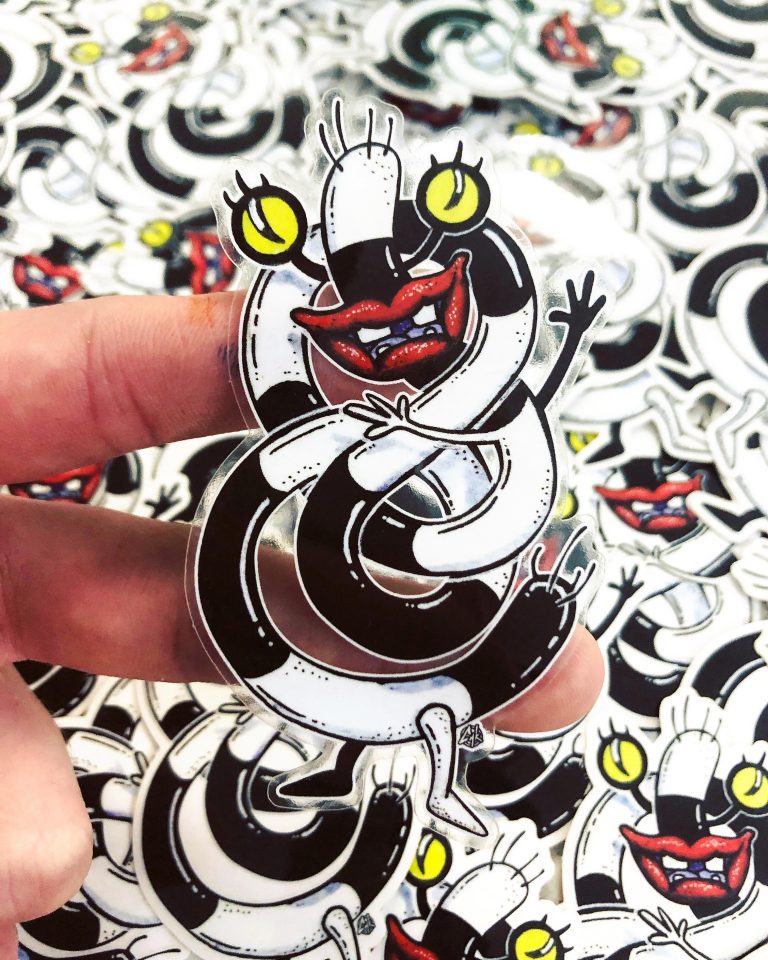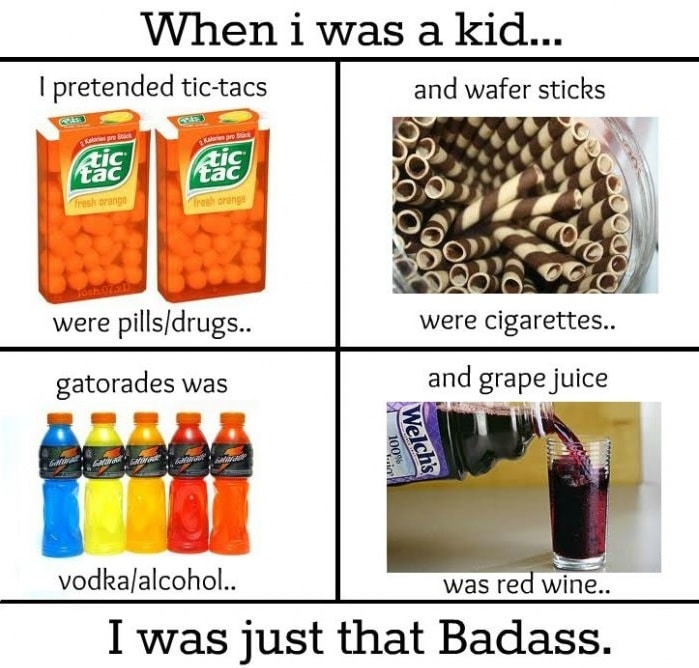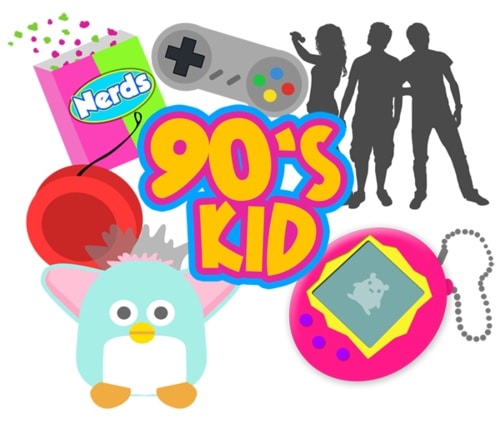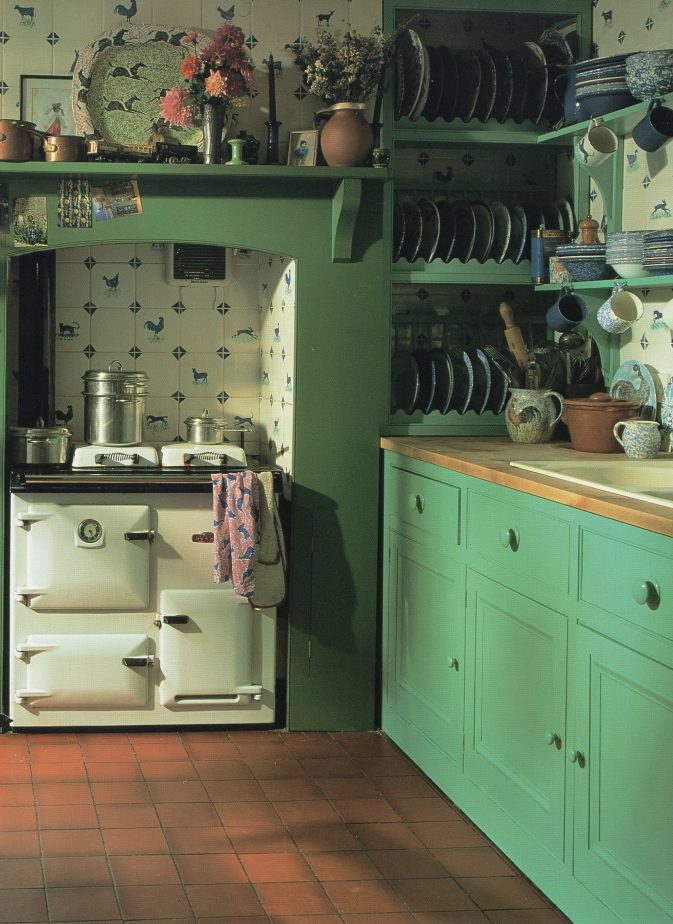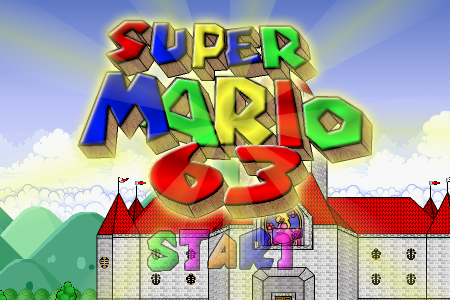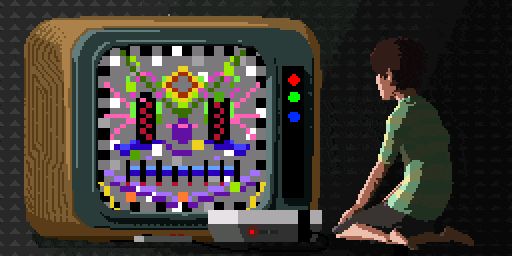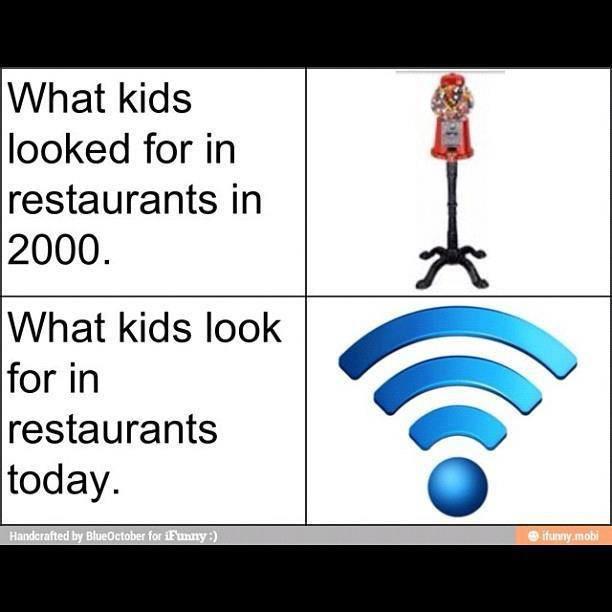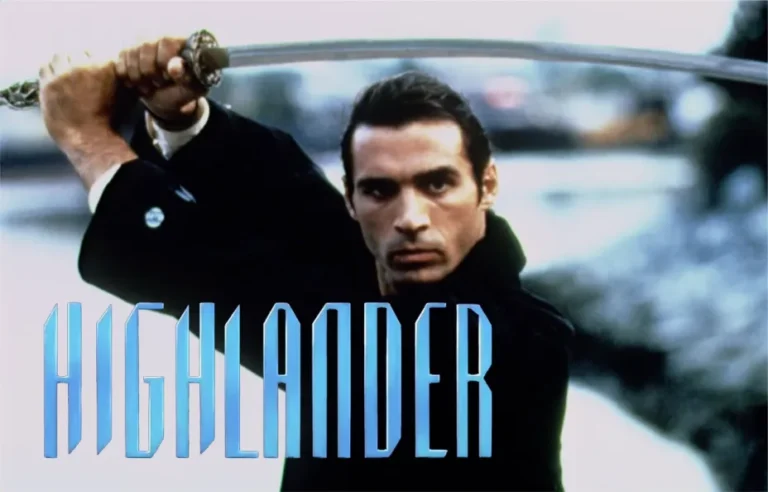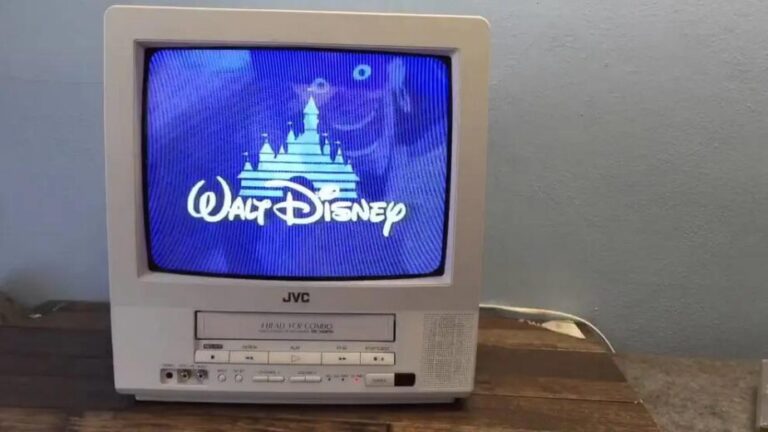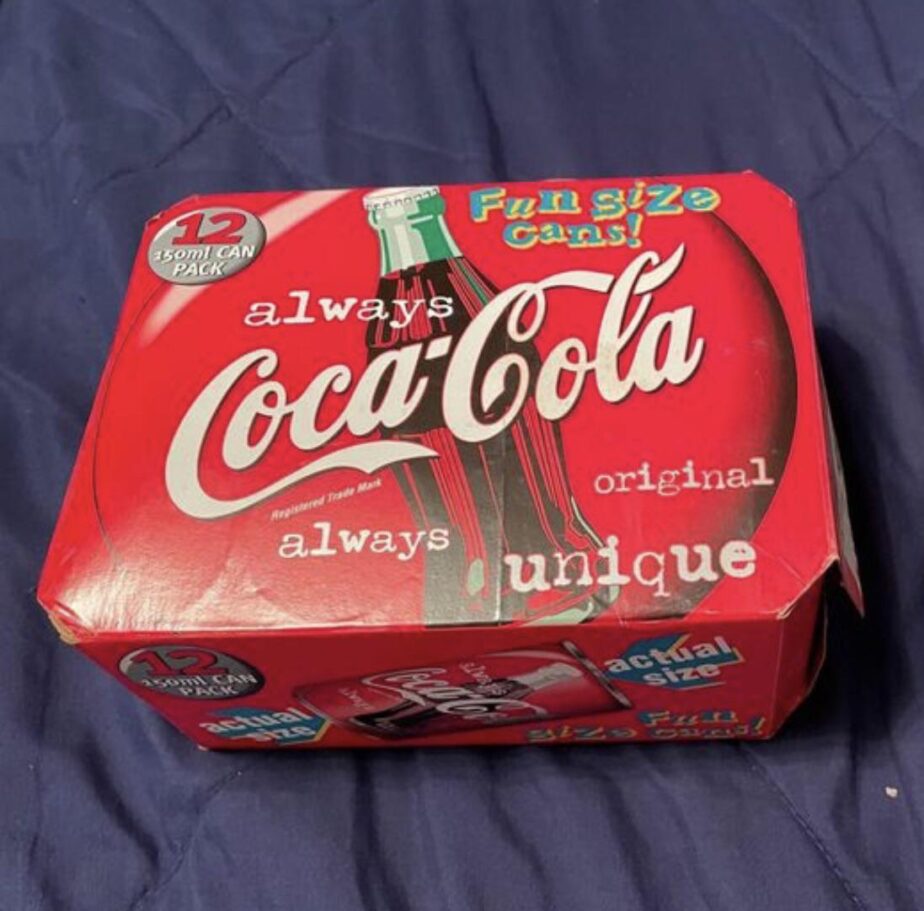
The 1990s were a dynamic time for Coca-Cola, marked by iconic advertising campaigns, new product ventures, and a significant presence in popular culture. This decade saw Coca-Cola solidify its brand image while adapting to changing consumer tastes and marketing trends.
“Always Coca-Cola”: A Shift in Marketing Strategy
In February 1993, Coca-Cola launched the “Always Coca-Cola” global advertising campaign. This initiative represented a decisive shift in the company’s marketing strategy. Coca-Cola aimed to reconnect with audiences by blending familiar imagery with current trends. The campaign sought to capture the attention of a younger audience, recognizing that the brand’s image needed revitalization.
The “Always Coca-Cola” campaign moved away from relying solely on its long-standing ad agency, McCann-Erickson Worldwide. Instead, Coca-Cola embraced the direction of Creative Artists Agency (CAA), headed by Michael Ovitz, a prominent figure in the movie industry.
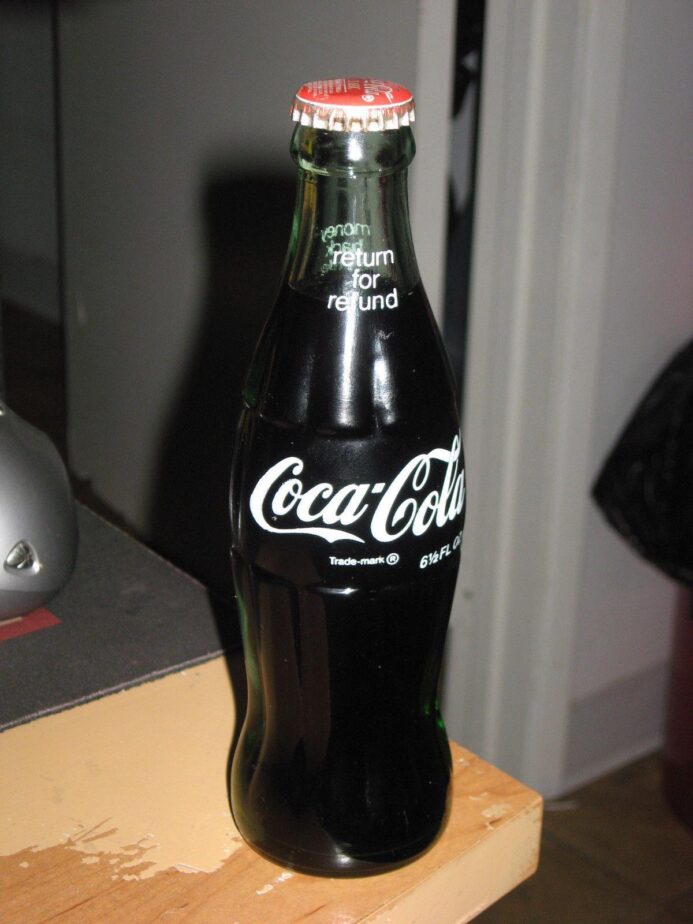
Several memorable slogans and commercials defined Coca-Cola’s advertising during this period. “You Can’t Beat the Real Thing” (1990) transitioned into the “Always Coca-Cola” theme (1993), emphasizing the authentic and timeless appeal of the beverage.
New Products and Ventures
The 1990s also saw Coca-Cola expanding its product line to cater to diverse consumer preferences. The company introduced several new beverages, including:
- Qoo: A children’s fruit drink marketed primarily in Asia.
- Powerade: A sports drink designed to compete with Gatorade.
- Dasani: Bottled water, tapping into the growing health and wellness trend.
However, not all ventures were successful. The “MagiCan,” a promotion launched in May 1990, was a multi-million-dollar giveaway campaign that was discontinued after just three weeks.
Coca-Cola in Popular Culture
Coca-Cola’s presence in popular culture was undeniable during the 1990s. The brand became intertwined with nostalgia, Americana, and a retro aesthetic.
- Home Decor: Coca-Cola-themed home decor became a popular trend. Vintage signs, collectible glasses, clocks, and furniture adorned with the Coca-Cola logo were common.
- Symbol of Americana: The Coca-Cola brand evoked memories of childhood, family, and a sense of quintessential Americana. Its logo stirred feelings of belonging and warmth.
- Retro Appeal: The 1990s witnessed a resurgence of interest in retro and vintage aesthetics. Coca-Cola’s timeless logo and imagery fit perfectly into this trend. Vintage ads featuring diners, soda fountains, and family scenes resonated with consumers.
Conclusion
Coca-Cola in the 1990s was a story of adapting to changing times while staying true to its core brand identity. The “Always Coca-Cola” campaign, new product ventures, and strong presence in popular culture all contributed to a decade that solidified Coca-Cola’s position as a global icon. The 90s was a time when Coca-Cola wasn’t just a beverage; it was a symbol of an era.
Would you like me to make any revisions or additions to this draft? For example, I could add a section about specific commercials or elaborate on the “New Coke” situation.

